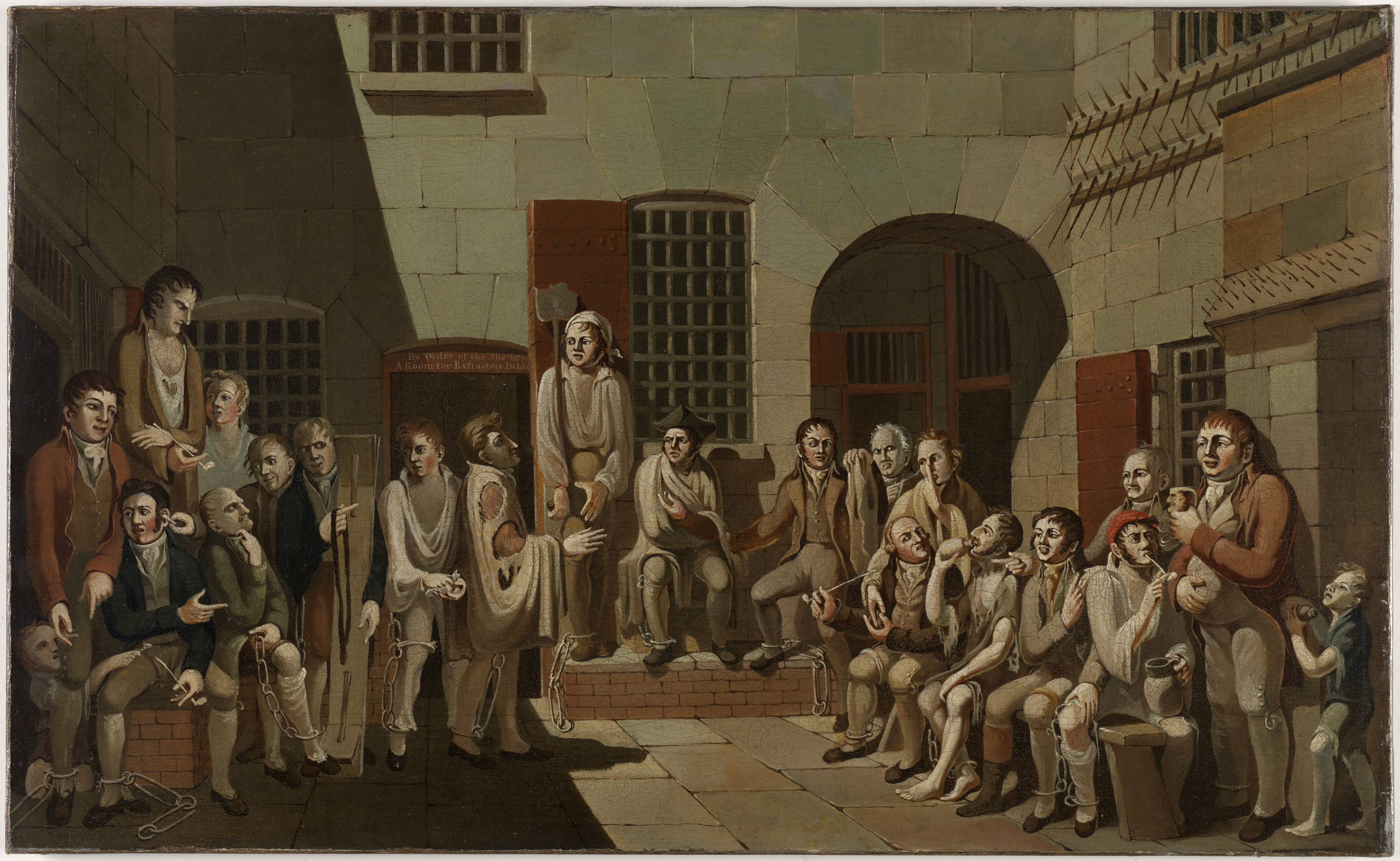Unpacking a painting
Student activities
Task no. 1
Selection and analysis
Examine the selection of 10 paintings from the State LIbrary of NSW's galleries using digital images or printing A3 images. Look closely at each painting — you can even use a magnifying glass. What do you see?
Choose your favourite painting to investigate and write down your first impressions.
Discuss the terms and concepts contained in the Visual Grammar Summary as a class.
Analyse the visual grammar of the painting in small groups using the Visual Grammar Summary. Choose two interesting observations about your painting, related to these concepts, to share with the class.
Task no. 2
Research
Search the State Library catalogue to find more information about your painting. Write down what you know about the title, artist, subject and year.
Brainstorm further information that you want to find out about your painting. Think about:
- Who are the people in the painting?
- Where are the places in the painting?
- What materials did the artist use?
- Why did the artist make this painting?
- What does this painting tell you about a particular time in history?
Research the painting using the Library's website. You will need to find information about the artist, place, subject and time period of your painting.
Expand your search by using other reliable sources, including the website suggestions provided below. The Online Writing Lab provices more information about how to evaluate online sources.
Links








